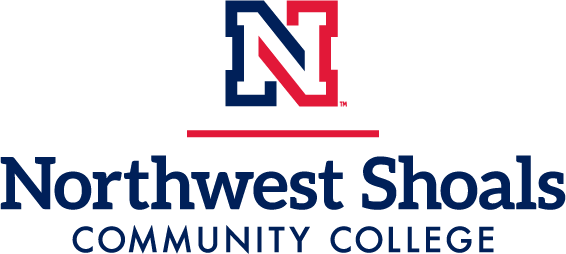EMS 100 : Cardiopulmonary Resuscitation I
This course provides students with concepts as related to areas of basic life support to include coronary artery disease, prudent heart living, symptoms of heart attack, adult one-and-two rescuer CPR, first aid for choking, pediatric basic life support, airway adjuncts, EMS system entry access, automated external defibrillation (AED), and special situations for CPR. Upon course completion, students should be able to identify situations requiring action related to heart or breathing conditions and effectively implement appropriate management for each condition. Students successfully completing this course will receive appropriate documentation of course completion.
